When it comes to guitars, there is much more than meets the eye. Beyond the shiny finishes and intricate designs, the type of wood used in a guitar can significantly impact its sound and overall musical experience. Understanding wood types for guitars is essential for any musician or guitar enthusiast looking to unlock the full potential of their instrument. In this blog, we will explore the different types of woods commonly used in acoustic and electric guitars and how they contribute to each instrument’s unique sound and character.
The Music Behind the Wood: How Different Woods Influence Your Sound
When it comes to guitars, the type of wood used plays a significant role in shaping the sound and character of the instrument. It’s not just about the aesthetics; the wood selection can make or break the musical experience. Each type of wood brings unique qualities to the table, influencing the guitar’s tone, resonance, and overall feel.
Let’s dive into the world of guitar woods and uncover the magic they hold in creating beautiful music.
Spruce is one of the most popular and versatile tonewoods for acoustic guitars.
Known for its bright and articulate sound, spruce produces a well-balanced tone perfect for strumming or fingerpicking.
On the other hand, if you’re after a warmer and more mellow sound, cedar is a popular choice. Cedar’s rich and responsive tone makes it ideal for solo playing or intimate performances.

When it comes to electric guitars, the choices are equally diverse. Maple is a common wood used for the necks and bodies of electric guitars, known for its bright and snappy tone. It offers excellent sustain and clarity, making it perfect for genres like rock and blues. Mahogany, on the other hand, produces a warm and full-bodied sound with rich harmonics. It’s popular for players who prefer a thicker, heavier tone.
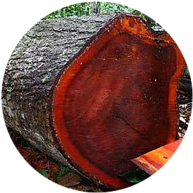
While these are just a few examples, it’s important to note that combining different woods and their specific construction techniques can yield even more tonal variations. From rosewood to ebony, from ash to alder, each wood has its unique characteristics that contribute to the sonic signature of the instrument.
Ultimately, the choice of wood for your guitar depends on your personal style, playing preferences, and the sound you’re after. Exploring different wood types can be an exciting journey that opens up a world of sonic possibilities. So, experiment, and discover the perfect wood to unlock the sound you’ve been searching for.
Acoustic Explorations: Essential Characteristics and Impact of Wood on Acoustic Guitars
The choice of wood used in their construction instance for acoustic guitars is of utmost importance. Each type of wood brings its unique characteristics to the instrument, influencing the tone, resonance, and overall feel. Let’s dive deeper into wood’s essential characteristics and impact on acoustic guitars.
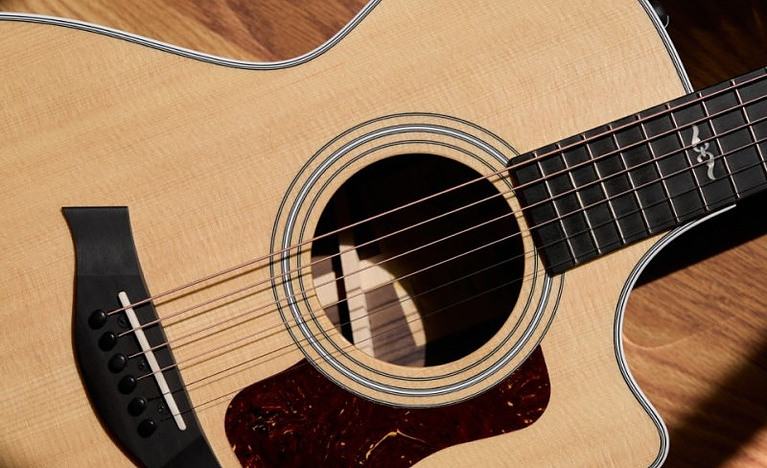
One of the most popular tone woods for acoustic guitars is spruce. This wood produces a well-balanced tone that cuts through the mix while maintaining clarity and definition. It is a versatile wood that can adapt to various playing styles and genres.
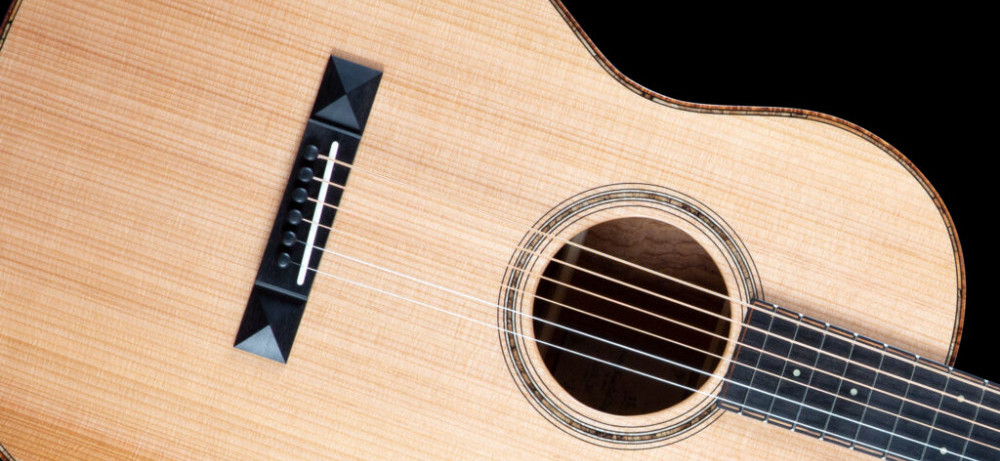
Cedar is another wood commonly used for acoustic guitars. If you’re after a warmer and more mellow sound, cedar is an excellent choice. It produces a rich and responsive tone with enhanced harmonics. Cedar guitars are often preferred by solo players or those who enjoy intimate performances, as they add a touch of warmth and intimacy to the sound.
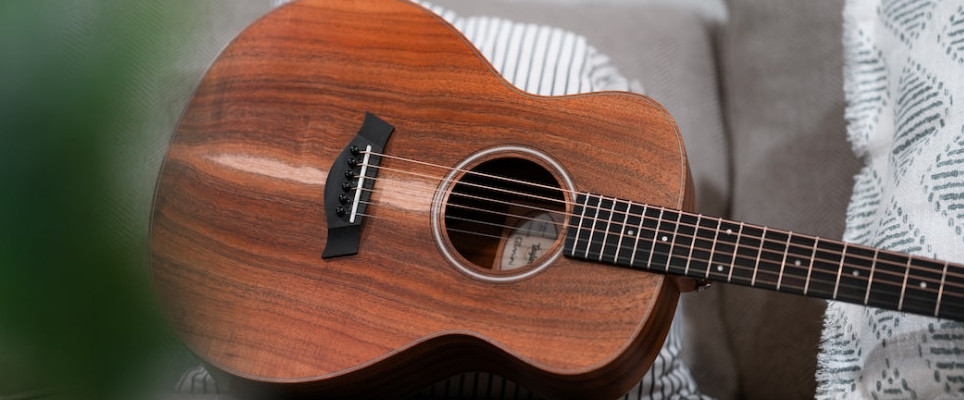
Mahogany is another popular choice for acoustic guitars. It produces a warm and full-bodied sound with rich harmonics. Mahogany guitars are often associated with genres like blues and folk, where a thicker and heavier tone is highly valued. This wood provides excellent projection and a balanced tone that can bring out the nuances of your playing.
These are just a few examples of the wide range of woods used in acoustic guitars. Each wood has its unique qualities that contribute to the overall sound and character of the instrument. When choosing an acoustic guitar, consider the wood used in its construction and how it aligns with your preferred playing style and desired sound. Experimenting with different woods can open up a world of sonic possibilities, allowing you to find the perfect wood type that resonates with you and brings out the best in your music.
Plugged In and Powered Up: Deciphering the Role of Wood in Electric Guitars
Electric guitars have a distinct sound and personality that sets them apart from acoustic guitars. Just like with acoustic guitars, the type of wood used in an electric guitar plays a crucial role in shaping its sound and overall performance. When it comes to electric guitars, the wood choice primarily affects the instrument’s sustain, resonance, and tonal characteristics.
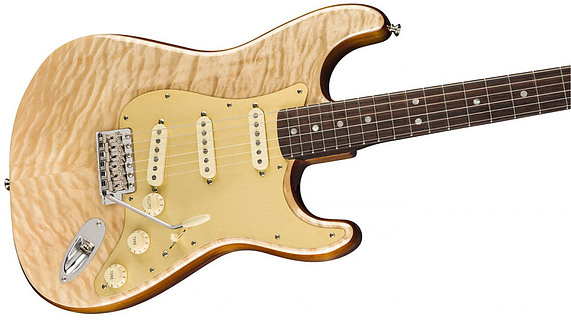
Maple is a commonly used wood for the necks and bodies of electric guitars. Known for its bright and snappy tone, maple offers excellent sustain and clarity. This makes it popular for genres like rock and blues, where articulation and definition are essential. If you’re looking for a guitar that cuts through the mix with precision and punch, a maple electric guitar might be the right choice for you.
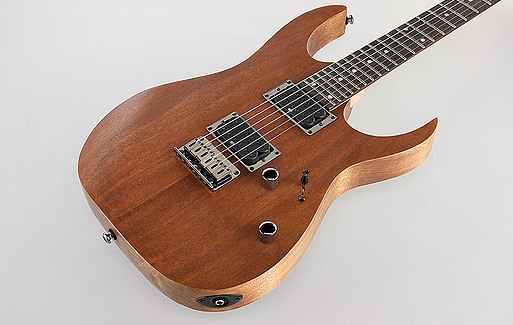
On the other hand, mahogany is a go-to wood for players who prefer a warmer and fuller sound. It produces a rich and well-rounded tone with enhanced harmonics. Mahogany guitars are often associated with genres like jazz and blues, where a thick, smooth tone is highly valued. Whether strumming chords or playing intricate melodies, a mahogany electric guitar can provide the warm, soulful sound you’re after.
Of course, these are just a few examples of the wide range of woods used in electric guitars. Each wood brings its own unique tonal characteristics to the table, allowing players to fine-tune their sound to their personal preferences. From the bright and versatile sound of ash to the balanced and smooth tones of alder, the choice of wood can significantly impact your playing experience.
So, when choosing an electric guitar, consider the wood used in its construction. Think about the sound you want to achieve and the genres you’ll play. Explore different options and test out various woods to find the one that resonates most with you. With the right wood choice, you can unlock the full potential of your electric guitar and create music that truly speaks to your soul.
From Mahogany to Maple: A Look at Famous Guitar Models and Their Choice of Woods
When it comes to famous guitar models, the choice of wood plays a significant role in shaping their iconic sound and character. From legendary rock guitars to classic jazz instruments, let’s take a closer look at some famous guitar models and the woods that have made them legendary.
One of the most iconic electric guitar models is the Gibson Les Paul. 
Known for its rich, thick tone and sustain, the Les Paul features a mahogany body with a maple top. Combining these woods creates a harmonically rich sound with excellent depth and warmth. This versatile guitar has been a staple in rock, blues, and jazz genres for decades, partly thanks to its unique wood combination.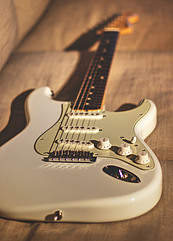
Another legendary guitar model is the Fender Stratocaster. This electric guitar has a timeless design and has been used by countless guitarists across various genres. The Stratocaster typically features an alder body, contributing to its bright and balanced tone. The maple neck and fingerboard add clarity and sustain to the mix. The combination of alder and maple gives the Stratocaster its distinct sound, making it perfect for everything from soulful blues to high-energy rock.
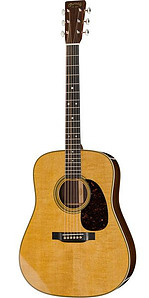
For acoustic guitars, the Martin D-28 is an iconic model that countless musicians have played. This acoustic powerhouse features a solid Sitka spruce top, rosewood back, and sides. The spruce top provides a bright and responsive sound, while the rosewood adds warmth and complexity. The combination of these woods gives the D-28 its legendary tone and projection, making it a favorite among singer-songwriters and bluegrass players alike.
Whether it’s the warmth of mahogany, the brightness of maple, or the balance of spruce, the choice of wood can profoundly impact a guitar’s sonic signature. So, the next time you search for your dream guitar, consider the woods used in these legendary models and discover their unique sound.
Choosing Your Ax: Guide to Selecting the Perfect Wood Type for Your Personal Style
Now that we’ve explored the fascinating world of guitar woods and their impact on sound, it’s time to delve into the exciting process of choosing the perfect wood type for your style. Whether you’re a seasoned player or just starting out, finding the right wood can significantly enhance your playing experience and bring out the best in your music.
When selecting the perfect wood type for your guitar, it’s essential to consider your style, preferred genre, the strings type and gauge, and the sound you want to achieve. Different woods have distinct tonal characteristics that can complement or enhance certain playing styles. For example, if you’re a fan of bright and articulate tones, spruce or maple might be excellent choices for an acoustic or electric guitar, respectively. On the other hand, if you lean towards warm and mellow sounds, cedar or mahogany could be the woods that resonate with your soul.
Another essential factor to consider is the construction and design of the guitar. Different body shapes and bracing patterns can uniquely interact with the wood, resulting in variations in tone and resonance. For example, a dreadnought acoustic guitar with a solid spruce top, rosewood back, and sides might produce a different sound than a smaller-bodied guitar with the same wood combination. So, don’t forget to consider the specific construction details of the guitar you’re considering.
To make the right wood selection, it’s crucial to try out different guitars and play them in person. Take the time to visit a music store or attend guitar expos where you can try out various guitars with varying types of wood. Pay attention to how each guitar feels and sounds, and trust your ears and instincts to guide you toward the wood that speaks to your personal style.
Ultimately, choosing the perfect wood type for your guitar is a personal journey that involves exploration, experimentation, and trust in your own musical preferences. Don’t be afraid to take your time, ask for advice from fellow musicians, and do thorough research. With the right wood, you’ll unlock the full potential of your guitar and create music that truly represents your unique style and sound.
The Future of Guitars: Upcoming Trends in Woods and Manufacturing
The world of guitars is constantly evolving, with innovations and trends always emerging. As technology advances and musicians seek new ways to push the boundaries of their sound, the future of guitars is an exciting and promising prospect. So, what can we expect regarding upcoming trends in woods and manufacturing?
One key trend we’re likely to see is a focus on sustainable and environmentally-friendly materials. As awareness of climate change and the importance of conservation grows, guitar manufacturers are beginning to prioritize using ethically sourced and renewable woods. This helps protect our planet and opens up opportunities for new and unique wood alternatives to be used in guitar construction. We may see increased reclaimed or recycled wood use and innovative materials such as bamboo or carbon fiber.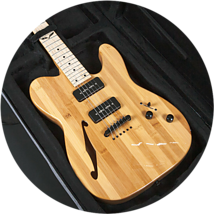
Another trend that is gaining traction is the integration of technology into guitar manufacturing. We’re already seeing the rise of digital modeling and amp simulations, but the future may bring even more advancements in this area. Imagine a guitar that can self-tune or a guitar with built-in effects and processors. With the rapid pace of technological advancement, the possibilities are endless.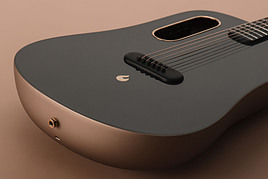
Additionally, customization and personalization are becoming increasingly popular. Musicians are looking for guitars that reflect their individual style and sound. In response, many guitar manufacturers offer customizable options, allowing players to choose their instruments’ specific wood types, finishes, and hardware. This trend is likely to continue as musicians seek instruments that are as unique and distinctive as their playing style.
To stay in tune with these industry trends, make sure to follow guitar blogs, subscribe to guitar magazines, and attend guitar expos and events. Engage with other guitar enthusiasts and join online communities where you can share information and learn from others. By staying connected and informed, you can ensure you’re always up-to-date with the latest wood selection and guitar manufacturing developments.

So, enjoy the ever-evolving world of guitars and participate in the exciting future of guitar craftsmanship. Happy playing!
Feel free to leave a reply in the form below.
